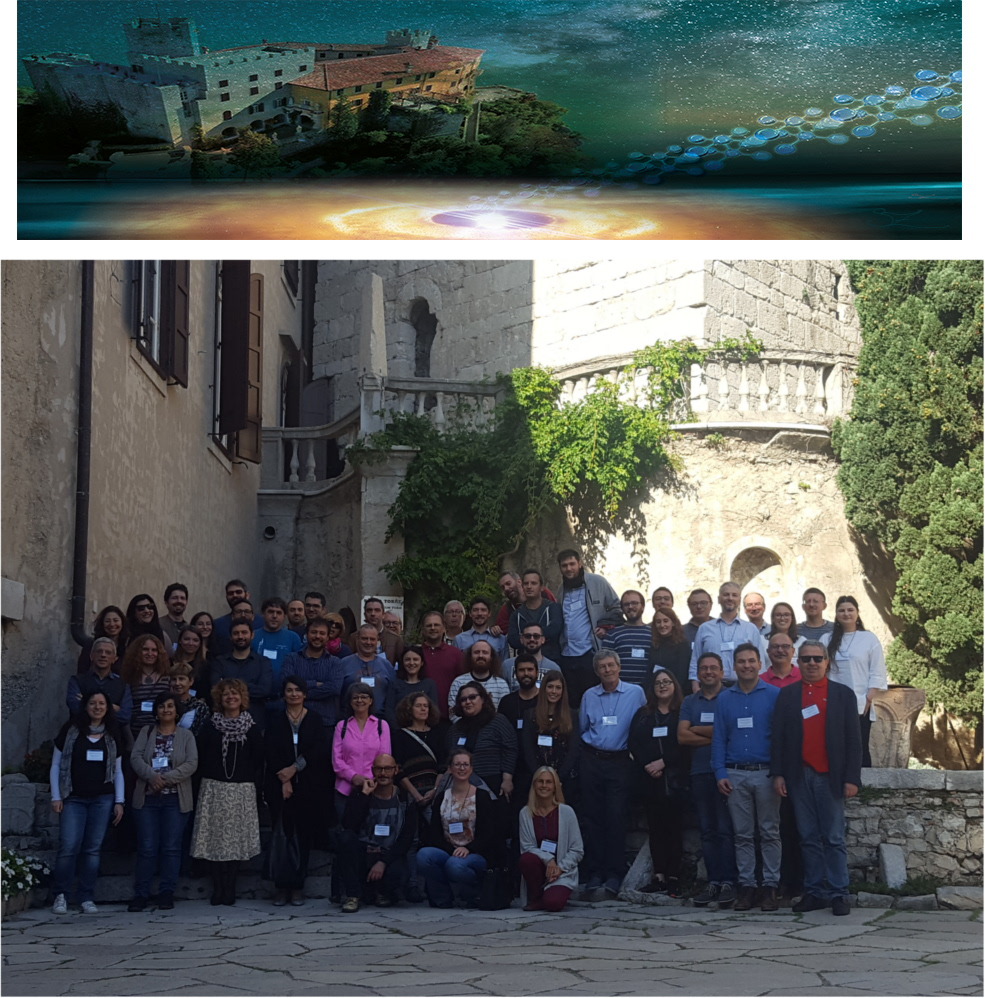Speaker
Description
I will present results obtained within the GAPS 2.0 long term programme for atmospheric characterization of hot giant planets using the Telescopio Nazionale Galileo (TNG) in the simultaneous GIARPS (GIANO-B + HARPS-N) observing mode. I will focus in particular on our ongoing efforts to probe both the lower and the upper exoplanetary atmospheres using the near-infrared (0.95-2.45 \mu m) arm of GIARPS: the high-resolution (R /sim 50 000) spectrograph GIANO-B. On one hand, I will discuss our investigations of the deeper exo-atmospheric layers performed through the search of molecular species (e.g., water, methane, carbon dioxide, hydrogen cyanide) which, by constraining the planet’s C/O ratio, provide clear proxies on planetary formation. On the other hand, I will show our upper exoplanetary atmospheres’ analysis realized through the detection of the individual contributions of atoms (more precisely the metastable helium line at 1083.3 nm) in transiting Hot Jupiters’ transmission spectra. The helium line allows, in fact, not only a key insight into an exoplanetary exosphere, but also provides constraints on evolution processes (i.e. hydrodynamic escape, the mass loss rate, and the morphology of the escaping material).
Finally, I will outline some possible synergies between the GAPS 2.0 atmospheric characterization programme and future low-resolution space-based facilities (e.g. ARIEL, JWST). The combination of high- and low-resolution spectroscopy could, in fact, provide unique constraints on the exoplanetary atmospheres from the lower to the upper part.

